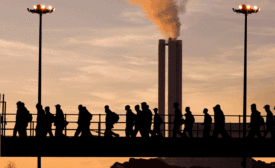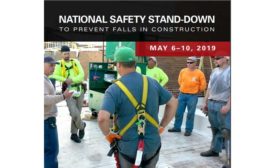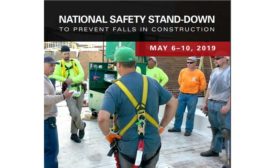News
Health care costs are stressing us out
Study finds widespread medical financial hardship in U.S. population
May 7, 2019
It's on!
National Safety Stand-Down to Prevent Falls in Construction runs this week
May 6, 2019
Never miss the latest news and trends driving the safety industry
eNewsletter | Website | eMagazine
JOIN TODAYCopyright ©2024. All Rights Reserved BNP Media.
Design, CMS, Hosting & Web Development :: ePublishing









